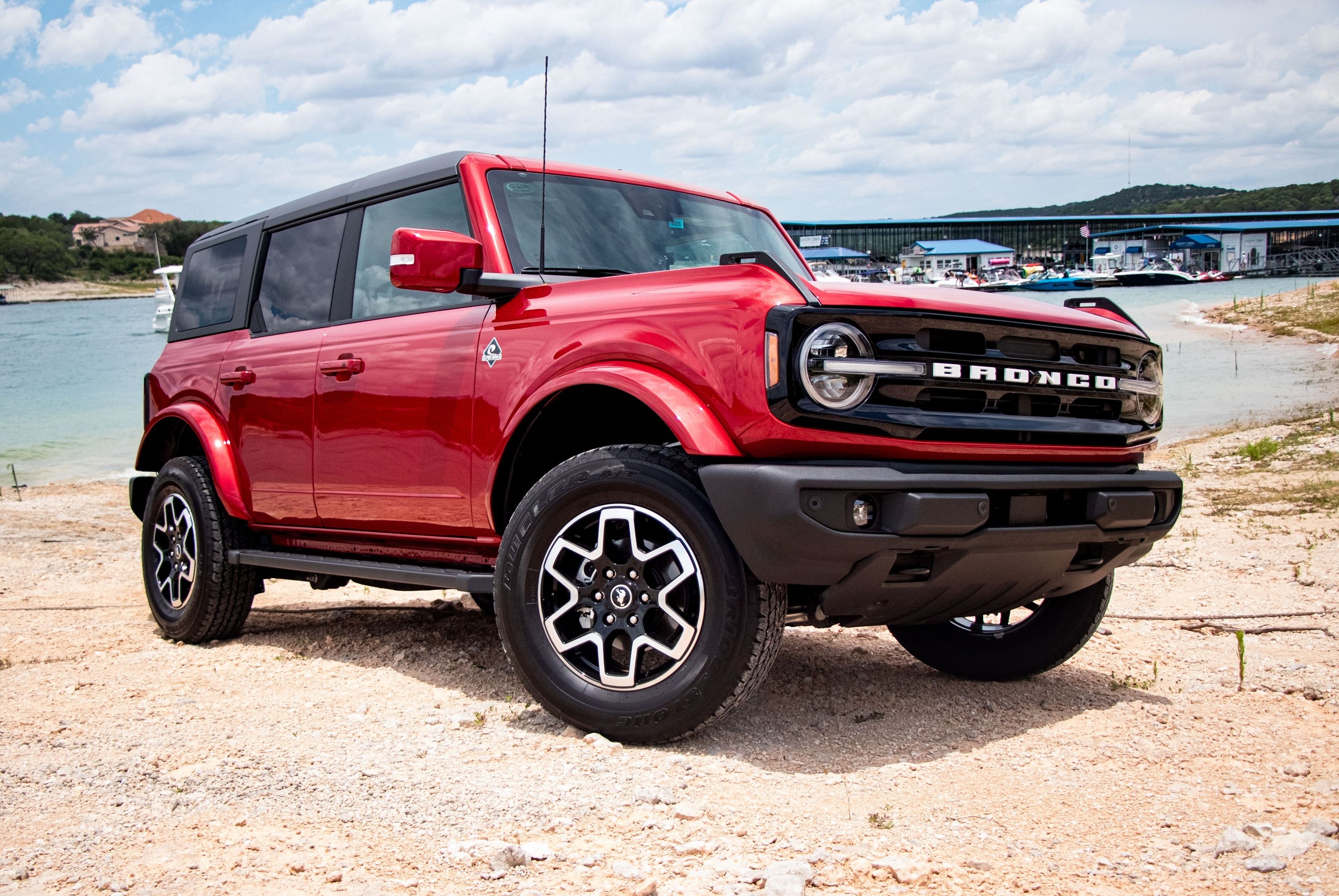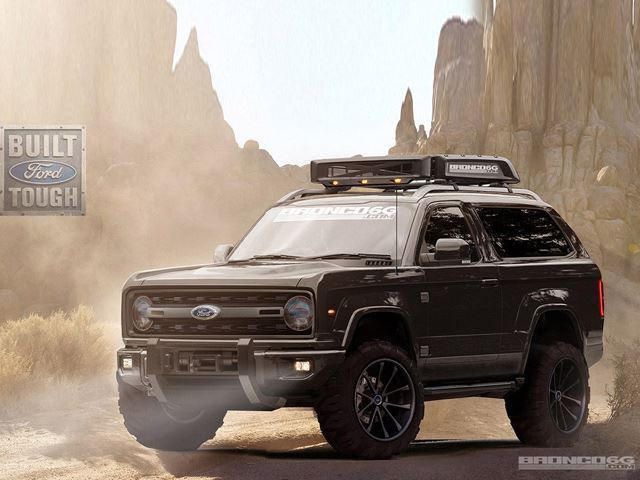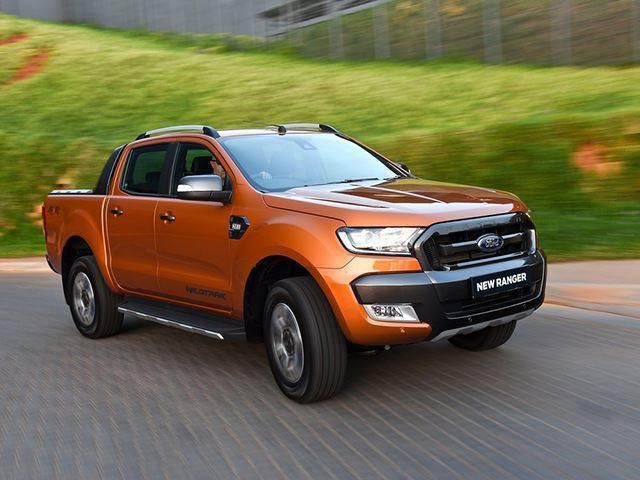
Michigan may have lost its status as the heart of American industry since factories moved abroad and technology hubs on the West Coast flourished, but the old workhorse is not gone yet. Bolstering efforts to bring back the heat of Detroit's iron melding infernos is a massive investment into its future. This time the investment is to the tune of $1.2 billion and was pledged by Ford, the company that can be credited for putting Detroit on the map in the first place.
That pot of gold will be split amongst three separate facilities in Michigan. The bulk of the cash, $850 million, will be diverted to upgrading the Michigan Assembly Plant in order to prepare for the return of the Ford Ranger and Bronco, two iconic models that left our world too soon and that in time will see justice done to them with what will hopefully be a worthy reincarnation. The next sum, a paltry $150 million, will be sent to Romeo Engine to add 130 jobs. Romeo engine is entrusted with building engine parts for various models, which will include the new Ranger and Bronco when the two vehicles are on sale. The last bit of cash, $200 million, will be invested in Ford's advanced data center in Michigan.
That will help it take the next step towards becoming both an auto and mobility company. Ford's recent priority shift is expected to make its data storage needs skyrocket, enough so that it feels the need to invest nearly a quarter billion in a silicon memory bank. These investments will take place in addition to the $700 million that was recently sent to the new Flat Rock technology facility. There Ford will research and develop high-tech electrified drivetrains and autonomous vehicles, which we should begin to see within the next few years. The sum of this vote of confidence in the Blue Oval's future is massive, totaling $1.9 billion invested into the state alone.
It signals a few significant tides emerging in the industry. One is that the message sent by voters who elected Trump, pleading for more American-made goods, has been heard loud and clear by Ford. The second is that it appears Silicon Valley's grip on next-generation vehicle technology is weakening as more high-skill jobs focusing on electrification and autonomy move back to the rust belt. Where will this all end up? Well, after the hybrid Mustang is out, nobody really knows for sure. Note: Bronco images courtesy of Bronco 6G.


